Membership Library
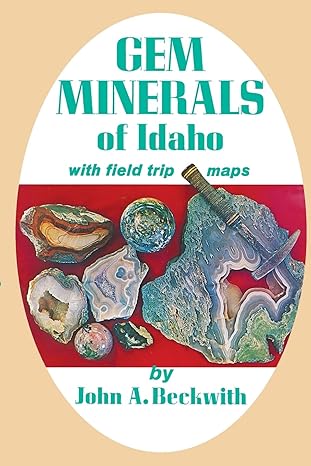
Gem Minerals of Idaho- With Field Trip Maps
Gem Minerals of Idaho, designed for beginners and for those collectors visiting Idaho for the first time, it is a guide to some of the countless collecting areas of the state. It is not a textbook of mineralogy and, so far as possible, avoids technical terminology. However, it does contain information of general value on the physical and optical characteristics of minerals, as well as facts concerning history, lore, and fashioning of many of the gems.

Moon New Mexico (Moon Handbooks)
New Mexico native Zora O’Neill gives her insider perspective on New Mexico, from museum-hopping in Santa Fe to visiting organic farms. O’Neill includes unique trip ideas like the 14-Day Grand Tour, High Peaks, Wild Rivers, and Nuclear New Mexico. Packed with information on dining, transportation, and accommodations, Moon New Mexico has lots of options for a range of travel budgets. Every Moon guidebook includes recommendations for must-see sights and many regional, area, and city-centered maps. Complete with details on Santa Fe, Taos, and Albuquerque, Moon New Mexico gives travelers the tools they need to create a more personal and memorable experience. With expert writers, first-rate strategic advice, and an essential dose of humor, Moon guidebooks are the cure for the common trip.

Warrior, Shield, and Star: Imagery and Ideology of Pueblo Warfare
Warrior, Shield and Star interprets the rich symbolism and ideology of Pueblo warfare in rock art in Arizona, Utah, and New Mexico. The conclusion relates ancient war symbols to modern Pueblo war societies. This groundbreaking book will be welcomed by rock art scholars and avid amateurs.
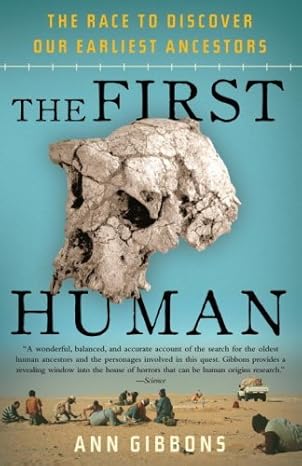
The First Human: the Race to Discover our Earliest Ancestors
In this dynamic account, award-winning science writer Ann Gibbons chronicles an extraordinary quest to answer the most primal of questions: When and where was the dawn of humankind?Following four intensely competitive international teams of scientists in a heated race to find the “missing link”–the fossil of the earliest human ancestor–Gibbons ventures to Africa, where she encounters a fascinating array of fossil hunters: Tim White, the irreverent Californian who discovered the partial skeleton of a primate that lived 4.4 million years ago in Ethiopia; French paleontologist Michel Brunet, who uncovers a skull in Chad that could date the beginnings of humankind to seven million years ago; and two other groups–one led by zoologist Meave Leakey, the other by British geologist Martin Pickford and his French paleontologist partner, Brigitte Senut–who enter the race with landmark discoveries of their own. Through scrupulous research and vivid first-person reporting, The First Human reveals the perils and the promises of fossil hunting on a grand competitive scale.
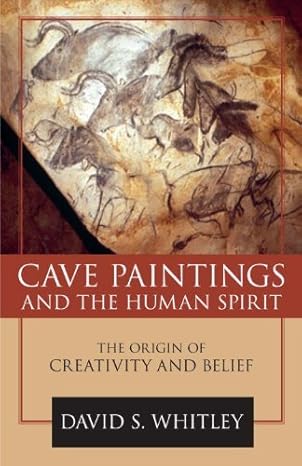
Cave Paintings and the Human Spirit: The Origin of Creativity and Belief
The magnificent prehistoric art discovered in caves throughout France and Spain raises many questions about early human culture. What do these superbly rendered paintings of horses, bison, and enigmatic human figures and symbols mean? How can we explain the sudden flourishing of artistic creativity at such a high level? And in what ways does this artwork reflect the underlying belief system, worldview, and life of the people who created it?In this fascinating discussion of ancient art and religion, Dr. David S. Whitley―one of the world's leading experts on cave paintings―guides the reader in an exploration of these intriguing questions, while sharing his firsthand experiences in visiting these exquisite, breathtaking sites.To grasp what drove these ancient artists to create these masterpieces, and to understand the origin of myth and religion, as Whitley explains, is to appreciate what makes us human. Moreover, he broadens our understanding of the genesis of creativity and myth by proposing a radically new and original theory that weds two seemingly warring camps from separate disciplines.On the one hand, archaeologists specializing in prehistoric cave paintings have argued that the visionary rituals of shamans led to the creation of this expressive art. They consider shamanism to be the earliest known form of religion. By contrast, evolutionary psychologists view the emergence of religious beliefs as a normal expression of the human mind. In their eyes, the wild and ecstatic trances of shamans were a form of aberrant behavior. Far from being typical representatives of ancient religion, shamans were exceptions to the normal rule of early religion.Whitley resolves the controversy by interweaving the archaeological evidence with the latest findings of cutting-edge neuroscience. He thereby rewrites our understanding of shamanism and its connection with artistic creativity, myth, and religion.Combining a colorful narrative describing Whitley's personal explorations at key archaeological sites with robust scientific research, Cave Paintings and the Human Spirit makes for engrossing reading. It provides a profound and poignant perspective on what it means to be human.
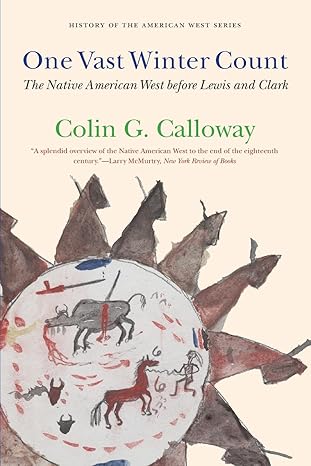
One Vast Winter Count: The Native American West before Lewis and Clark
This magnificent, sweeping work traces the histories of the Native peoples of the American West from their arrival thousands of years ago to the early years of the nineteenth century. Emphasizing conflict and change, One Vast Winter Count offers a new look at the early history of the region by blending ethnohistory, colonial history, and frontier history. Drawing on a wide range of oral and archival sources from across the West, Colin G. Calloway offers an unparalleled glimpse at the lives of generations of Native peoples in a western land soon to be overrun.
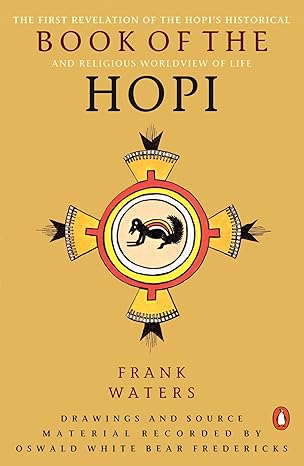
Book of the Hopi
In this strange and wonderful book, thirty elders of the ancient Hopi tribe of Northern Arizona—a people who regard themselves as the first inhabitants of America—freely reveal the Hopi worldview for the first time in written form. The Hopi kept this view a secret for countless centuries, and anthropologists have long struggled to understand it. Now they record their myths and legends, and the meaning of their religious rituals and ceremonies as a gift to future generations. Here is a reassertion of a rhythm of life we have disastrously tried to ignore and instincts we have tragically repressed, and a reminder that we must attune ourselves to the need for inner change if we are to avert a cataclysmic rupture between our minds and hearts.
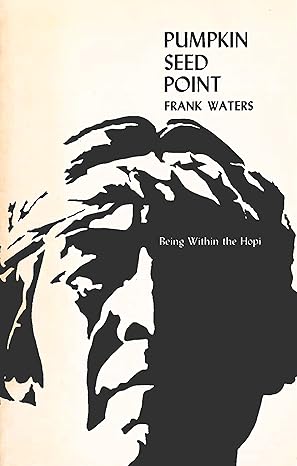
Pumpkin Seed Point: Being Within the Hopi
Frank Waters lived for three years among the Hopi people of Arizona and was quickly drawn into their culture. Pumpkin Seed Point is a beautifully written personal account of Waters’s inner and outer experiences among the Hopi.
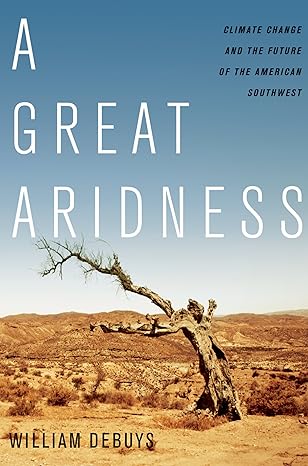
A Great Aridness- Climate Change and the Future of the American Southwest
With its soaring azure sky and stark landscapes, the American Southwest is one of the most hauntingly beautiful regions on earth. Yet staggering population growth, combined with the intensifying effects of climate change, is driving the oasis-based society close to the brink of a Dust-Bowl-scale catastrophe. In A Great Aridness, William deBuys paints a compelling picture of what the Southwest might look like when the heat turns up and the water runs out. This semi-arid land, vulnerable to water shortages, rising temperatures, wildfires, and a host of other environmental challenges, is poised to bear the heaviest consequences of global environmental change in the United States. Examining interrelated factors such as vanishing wildlife, forest die backs, and the over-allocation of the already stressed Colorado River--upon which nearly 30 million people depend--the author narrates the landscape's history--and future. He tells the inspiring stories of the climatologists and others who are helping untangle the complex, interlocking causes and effects of global warming. And while the fate of this region may seem at first blush to be of merely local interest, what happens in the Southwest, deBuys suggests, will provide a glimpse of what other mid-latitude arid lands worldwide--the Mediterranean Basin, southern Africa, and the Middle East--will experience in the coming years. Written with an elegance that recalls the prose of John McPhee and Wallace Stegner, A Great Aridness offers an unflinching look at the dramatic effects of climate change occurring right now in our own backyard.
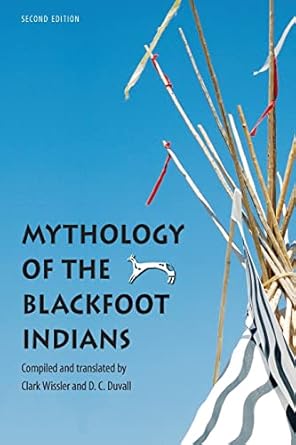
Mythology of the Blackfoot Indians
Mythology of the Blackfoot Indians, originally published in 1908 by the American Museum of Natural History, introduces such figures as Old Man, Scar-Face, Blood-Clot, and the Seven Brothers. Included are tales with ritualistic origins emphasizing the prototypical Beaver-Medicine and the roles played by Elk-Woman and Otter-Woman, as well as a presentation of Star Myths, which reveal the astronomical knowledge of the Blackfoot Indians. Narratives about Raven, Grasshopper, and Whirlwind-Boy account for conditions in humanity and nature. Many of the stories in the concluding group, such as “The Lost Children” and “The Ghost-Woman,” were tales told to Blackfoot children. These narratives were collected early in the twentieth century from the Piegans in Montana and from the North Piegans, the Bloods, and the Northern Blackfoot in Canada. Most were translated by D. C. Duvall and revised for Mythology of the Blackfoot Indians by Clark Wissler. Darrell Kipp provides an introduction to the new Bison Books edition.
